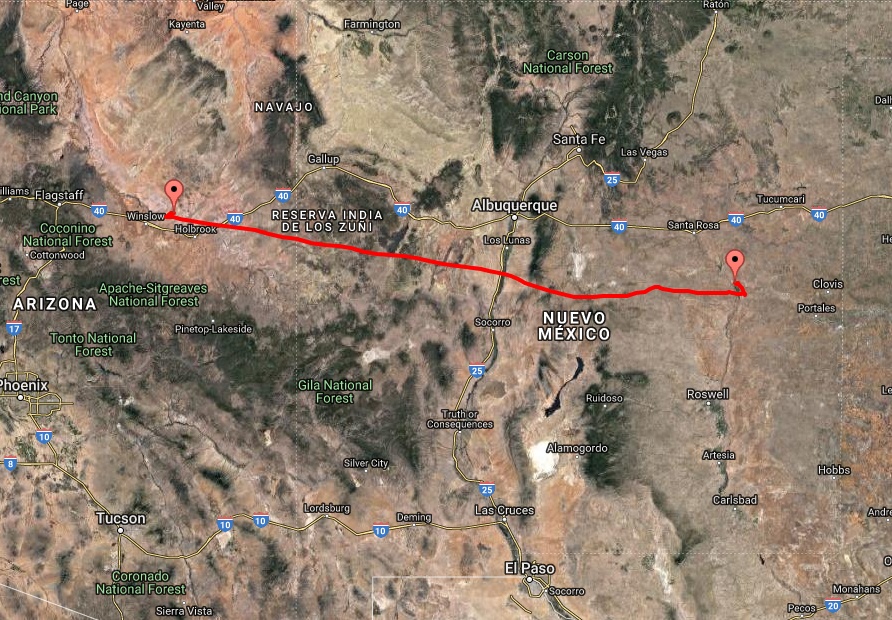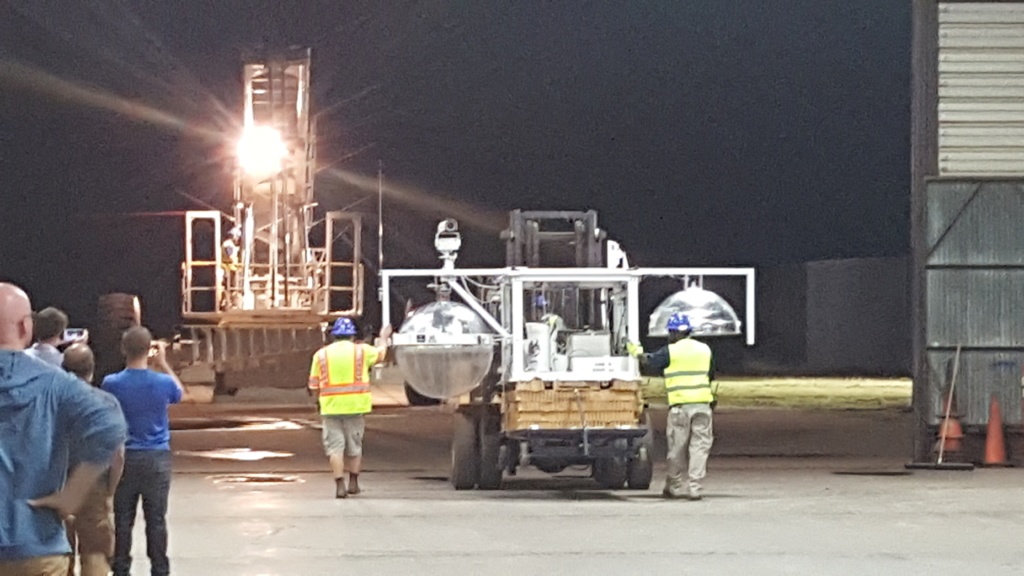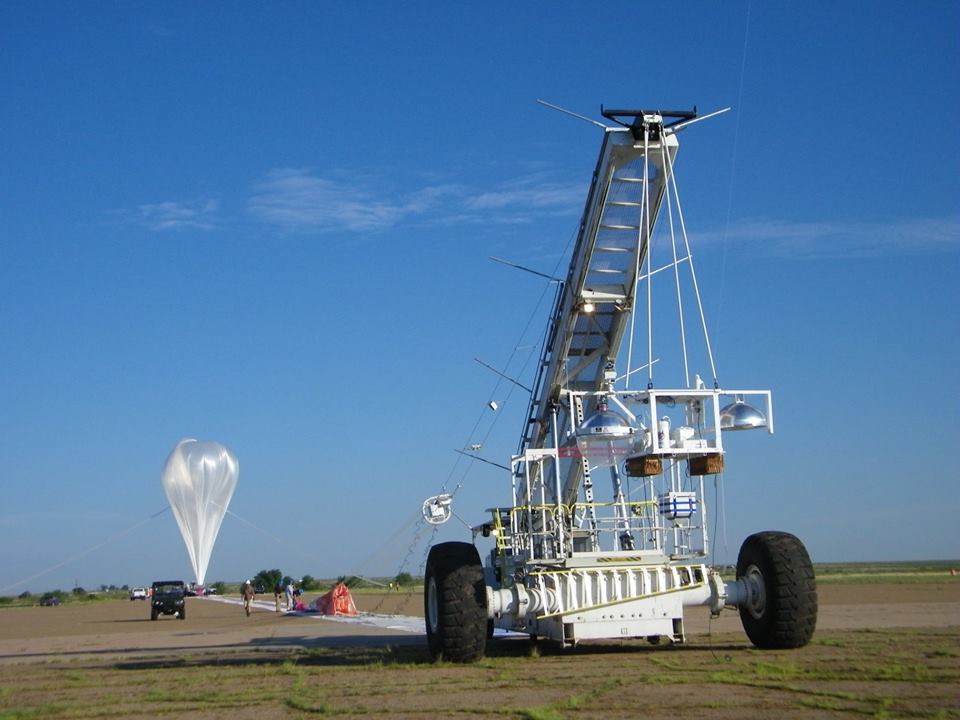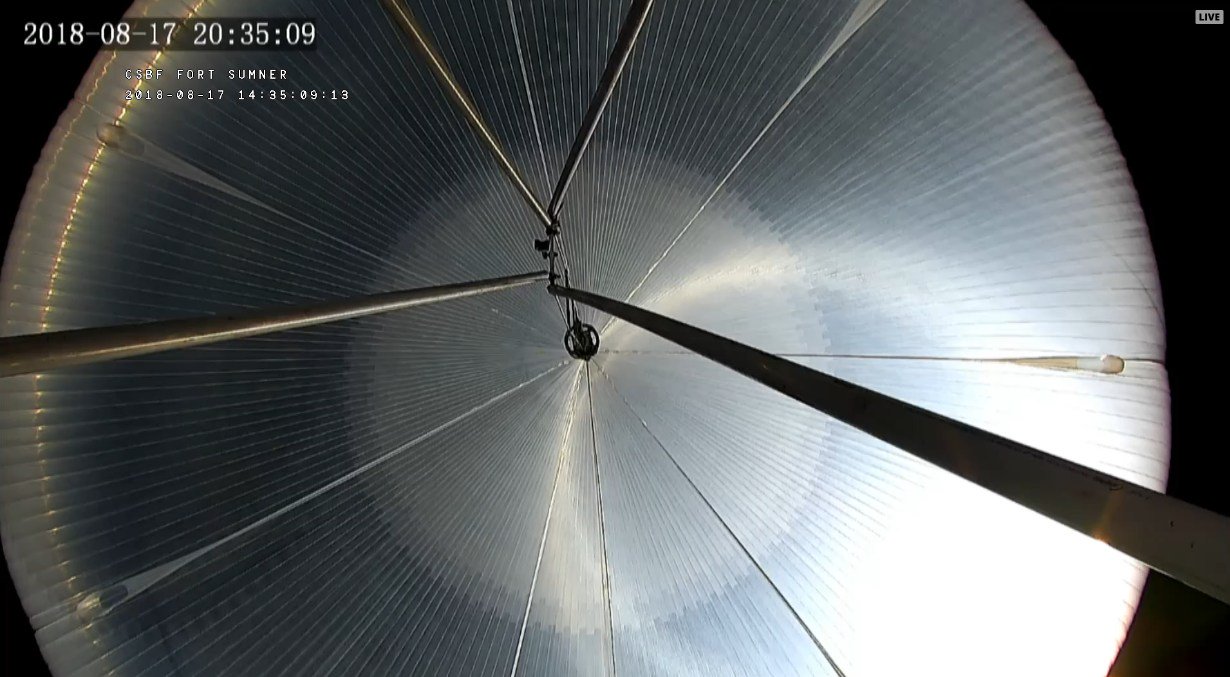Purpose of the flight and payload description
The objective of the flight was to test a 60 million cubic foot volume balloon -known as the "Big 60"- which is the largest zero pressure balloon succesfully flown to date. It is manufactured by Raven Aerostar using polyethilene 0.0004 inches thick that allows to take payloads approaching 900-1,000 kg to altitudes in excess of 45 km.
This particular design is specially attractive for those experiments that need to reach extremelly high altitudes during long periods of time to make scientific observations. The previous and only flight test of a similar balloon was carried out by NASA in 2002, in Canada.
The gondola hanging below the balloon was a NASA standard design which primarily contained support instrumentation, such as tracking, video and telemetry, with some tertiary experiments flying to round out the 1,650-pound suspended payload. One of the additional experiments was an advanced spherical steerable antenna system developed by FreeFall company in partnership with the University of Arizona. It was located in the left side of the gondola in a specially added frame while in the right side in a similar structure was located a parabolic antenna also built by FreeFall. The other experiment was CHERP (CHErenkov Radiator Payload) developed at Gannon University, a cosmic ray instrument aimed to detect high-energy particles of astrophysical origin in the energy range from 1.5 to 20 GeV using two Cherenkov radiation detectors.
Details of the balloon flight

Balloon launched on: 8/17/2018 at 14:40 utc
Launch site: Scientific Flight Balloon Facility, Fort Sumner, (NM), US
Balloon launched by: Columbia Scientific Balloon Facility (CSBF)
Balloon manufacturer/size/composition: Zero Pressure Balloon Aerostar - 60.000.000 cuft
Flight identification number: 685NT
End of flight (L for landing time, W for last contact, otherwise termination time): 8/17/2018 at 21:47 utc
Balloon flight duration (F: time at float only, otherwise total flight time in d:days / h:hours or m:minutes - ): 8 h
Landing site: NE of Winslow, Arizona, US
The balloon was launched by dynamic method, from Ft. Sumner, New Mexico, at 14:40 utc on August 17, 2018. After a slow ascent that endured more than 4 hours the 60.000.000 cubic feet balloon reached float altitude above 156.000 ft at 18:35 utc. During the entire ascent the balloon maintained a more or less stable flight path to the west with a slight desviation north which would be unaltered during the remainder of the flight.
The balloon crossed the Arizona border at 20:40 utc, and after a little more of an hour of additional flight, the mission was terminated at 21:47 utc. Payload landed NE of Winslow, Arizona at 22:40 utc. Total flight time for mission 685NT was 8 hours.
External references
- FreeFall technology is flying on 60 million cubic foot balloon! Free Fall website
- Real Time GPS data of the flight CSBF Website
- Touchdown! NASA's Football Stadium-sized Scientific Balloon Takes Flight NASA press release
- Tucson Tech: NASA balloon test big step for UA antenna spinoff via Tucson.com
14601If you consider this website interesting or useful, you can help me to keep it up and running with a small donation to cover the operational costs. Just the equivalent of the price of a cup of coffee helps a lot.






